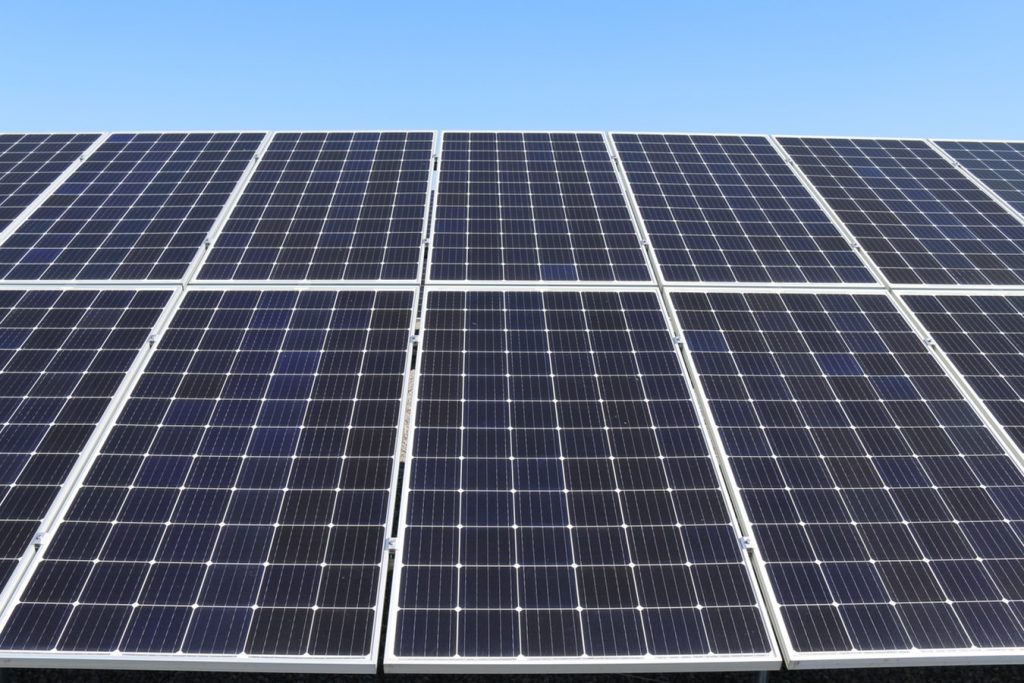- Date
- 19th February 2020
- Categories
By Dr Rob Byrne (MECS UK University partner project lead for the University of Sussex, and Senior Lecturer, Science Policy Research Unit, University of Sussex)
In our MECS project, which aims to understand and compare the innovation systems around electric cooking (e-cooking) in three East African countries, we have now run workshops in Kenya and Tanzania with a range of stakeholders who helped us create e-cooking innovation system maps for each of the two countries. Although we are yet to run a similar workshop in Rwanda, some interesting findings are already emerging. What strikes me, in particular, are the similarities between the state of the Kenyan and Tanzanian e-cooking innovation systems as they are now, and the state of the solar PV innovation systems in those countries as they were twenty or so years ago. There is both good and bad news in this observation, assuming it is an accurate one.

It is increasingly recognised that the solar PV markets in Africa are growing very rapidly, with Kenya and Tanzania currently leading the way. Many people would explain this success on the basis of the introduction of innovative business models such as pay-as-you-go (PAYGo) solar, which allows a customer to pay a small amount for access to their solar PV system for a short time instead of having to buy the system outright with upfront cash. Colleagues and I have certainly argued that PAYGo solar is an important innovation. However, there are perhaps two main points to the argument we make about PAYGo solar that are easily overlooked but potentially relevant to the development of e-cooking in Kenya, Tanzania and beyond.
One point is that the PAYGo business model emerged not just out of a convergence of mobile money, solar PV and LED-based lighting technologies, but also because it incorporated a payment plan aligned closely to existing kerosene purchasing practices. This latter point is crucial because it enables many people to switch from kerosene lamps to solar lanterns (and increasingly to larger solar home systems, SHSs) without significant disruption to their cashflow.
The second point is that the PAYGo solar business model was able to take hold because of the existing base of solar PV skills, knowledge, linked actors (e.g. firms, NGOs, policymakers, development partners, entrepreneurs, and others including ordinary citizens), and already-thriving solar market. Taken together, we can think of this as the innovation system around solar PV. As colleagues and I have argued, building these innovation systems in Kenya and Tanzania took several decades of implementing usually small donor-funded projects. When I was working in one of these small solar PV projects in Tanzania from 1997 to 2000, it was difficult to identify much of an SHS innovation system. The two innovation system history workshops we ran recently in Kenya and Tanzania reminded me of this 1990’s solar PV experience, and it is in this experience that I think I find some good news for the MECS Programme and e-cooking in East Africa. Before I say something about this good news, let us look at some of the similarities between solar PV in the 1990s and e-cooking now, at least as I see them.
Like the nascent SHS innovation systems in 1990’s Kenya and Tanzania, the e-cooking space currently has small and somewhat fragmented networks of a variety of actors. Although there are some well-established electric cooking technologies, there are also new ones such as experimental electric pressure cookers (EPCs), the better-quality versions of which are too expensive for many people to buy. As with SHSs in the 1990s, there is little awareness of the benefits of e-cooking (especially using EPCs), there is little policy support, and there are few local capabilities for using or producing these technologies. Much of the activity in the innovative e-cooking space is funded by donors, as was the case with SHSs, where the MECS Programme (funded by DFID) is probably the largest. And, as was the case in SHS-related workshops and meetings in the late 1990s, discussions are dominated by how to promote e-cooking, establish market systems, standards, support services, develop cheap but quality products, and develop financing models (for firms and customers).
The good news, then, is that the solar PV innovation systems developed substantially in the past twenty years, having started from a very small base that is similar to the current base for e-cooking. Learning from this experience, we could intervene in many ways to achieve something similar with e-cooking, where “we” refers to all interested stakeholders, not just the MECS Programme. The bad news or, more accurately, the challenges are how to do this in a shorter timeframe than twenty years. Again, the solar experience offers lessons, as we have explained in reference to the Lighting Africa Programme implemented in Kenya from 2009. MECS is pursuing many of the kinds of activities implemented by Lighting Africa and is working with a wide range of partners and other stakeholders. And we found a great deal of enthusiasm amongst our Kenyan and Tanzanian workshop participants along with evidence that e-cooking makes a lot of sense in the two countries, even for poorer groups. There is a long way to go to build e-cooking innovation systems, but there are reasons to be optimistic that the work of the MECS Programme and other stakeholders will make a difference.